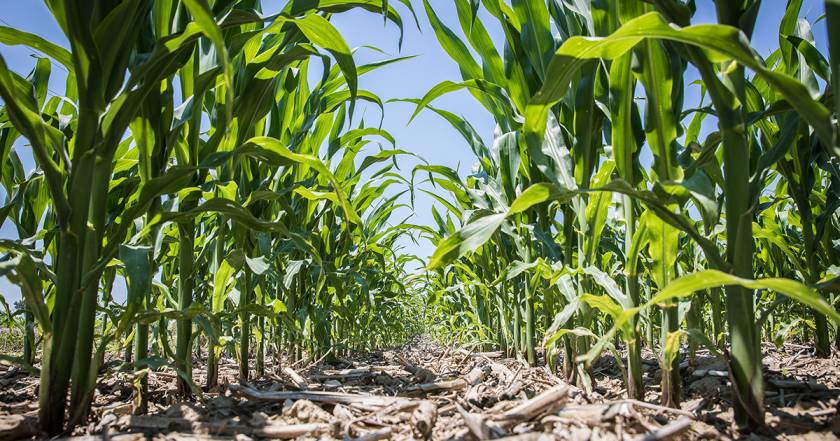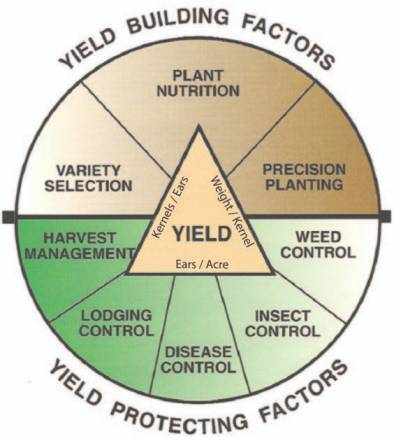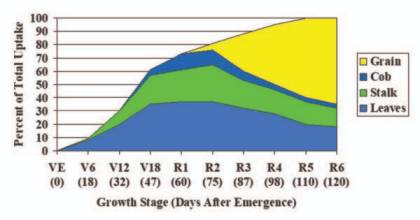Top 5 Best Nitrogen Management Practices

Nitrogen, like other nutrients, needs to be managed as part of a total crop production system and cannot be managed effectively in isolation. All aspects of crop production such as soil type, variety, planting type, pest control, pH, essential nutrients, and water, must be managed together to achieve optimum crop production.

Nitrogen, when in nitrate form, is water-soluble, meaning it moves easily with water. If a field receives moderate to heavy rainfall and an abundance of water is moving down through the soil profile, nitrate can easily leach out of the profile along with that water or denitrification, when nitrate under saturated soils converts back to gaseous forms (N2, N2O).
Weather conditions and rainfall are difficult to predict. A way to manage nitrogen is to collect data periodically throughout the growing season using various tests and technology. Here are some tools that can help you make sure your nitrogen is staying where you want it:
#1 Nitrogen Stabilizers & Timing
No matter the source of nitrogen, it has the potential to be lost from soil via leaching, denitrification, or above ground through volatilization. It’s important to protect your crop investment with a nitrogen stabilizer. Nitrogen stabilizers can slow the conversion of urea or ammonium to nitrate, which helps keep nitrogen in the root zone longer, and help prevent volatilization when products are surface applied. Timing of nitrogen is also very important to manage nutrient uptake. There are two major important times for nitrogen application: Emergence – Needs a minimum of 30-45 pounds of nitrogen per acre when planting. Growth Stage V-6 – Start of grand growth phase, growers need to apply the remaining units of nitrogen required to support high yields.

Total pounds of nitrogen should be adjusted based on yield goal.
#2 Soil Sampling
Using a pre-side dress nitrate test soil sample is one tool that can provide insight into the level of nitrate present at the V5 growth stage. Work with a Superior Ag agronomy advisor to determine when your corn is in high demand for nitrogen.
#3 Tissue Testing
Tissue testing provides a second piece of data to evaluate how much nitrogen is present in the plant at any given time. NutriSolutions® tissue testing lets you gauge the amount of nitrogen and other nutrients your corn plants are taking up. Allowing you to correct any deficiencies promptly and accurately during the growing season.
#4 Crop Modeling
Superior Ag uses R7® Field Forecasting Tool, a crop modeling tool, to determine what nitrogen availability looks like for corn on any given field. Models are not perfect, but they do provide a look into the nitrogen sufficiency status of corn during the season. Postseason, the Field Forecasting Tool allows you to review the plant’s uptake throughout the year.
#5 Stalk Nitrate Test
Super Ag recommends growers to obtain stalk nitrate samples at the end of the season. The samples allow growers to know if their corn plants had enough soil nitrogen available or if they were deficient in nitrogen. By using this data, growers can re-calibrate their nitrogen management decisions for the next growing season.
Better Together
It’s hard to manage nitrogen throughout the season using just one of these methods. It’s when they’re used together that you derive the most benefit. The sooner nitrogen deficiencies are detected, the sooner problems can be addressed. Contact your local Superior Ag for upcoming events where you can learn on best nitrogen management practices.